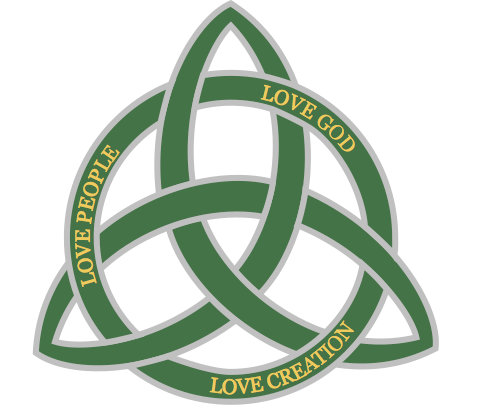Faces
Photo Credit: Ryan Klinck
By Ryan Klinck
As we have journeyed through lent together, we have only seen the backs of people’s heads in our images. Their faces have been left unseen by us. They have walked on away from us into the unknown, leaving us to ponder and ask, “Who are they? Where are they going? What are their names? What might it be like to see their face?”
John O’Donohue reminds us that, “The face is the icon of creation.” Faces, when seen, offer an opportunity for revelation, blessing, and change. Jacob limps away a different man when he sees God’s face. After Mary recognizes Christ’s face in the garden, she leaves no longer clings to Christ and bears good news for others. Today, we turn our gaze upon faces in anticipation that we may encounter God’s revelation, blessing, and change.
Instructions:
Read the reflection above the photo. Then take a minute to look at the whole picture. After a minute, move your eyes away from the photo for thirty seconds. Then look at the image a second time, but this time focus on the face. Write any words or phrases that rise up within you.
Repeat this process for each photo.
Faces are a way for us to be seen and to see another. Many of us travel through life feeling unseen, particularly our homeless neighbors.
Behold, tend to, and love this face.
“The human face is an artistic achievement. On such a small surface an incredible variety and intensity of presence can be expressed.” (O’Donohue).
Behold, tend to, and love this face.
Faces hold our entire story. From the moment we are born to the day we die, our body and face journey with us. We never see our own face, but are given the opportunity to encounter other faces whenever we see another.
Behold, tend to, and love this face.
Instructions: After you have gazed upon each face, look at the words you wrote down and consider these questions.
What have these faces revealed to you about yourself? About God?
How have these faces blessed you?
How have these faces changed you?




